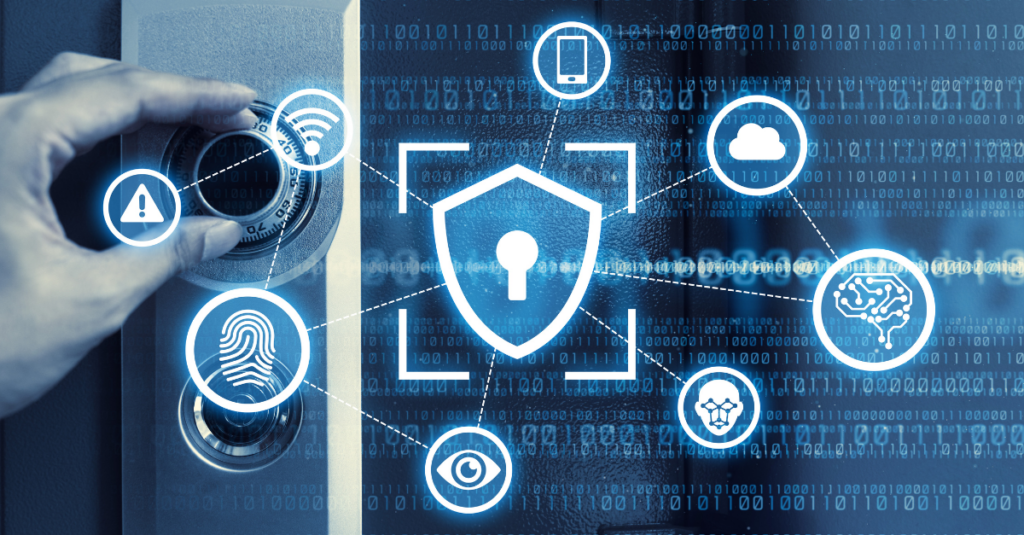Introduction: Redefining the Edge of the Network
The digital world is no longer centralized. As data volumes explode and real-time decision-making becomes a necessity, the traditional model of cloud-first infrastructure is being challenged by a powerful new approach: Edge Computing.
By processing data closer to its source—whether on factory floors, hospital rooms, or smart sensors in the field—edge computing reduces latency, conserves bandwidth, and supports mission-critical decisions at lightning speed.
But as edge devices proliferate, managing networks becomes exponentially more complex. That’s why businesses across Bothell and Renton are looking to CMIT Solutions for smarter, scalable, and secure network management built for the edge.
What Is Edge Computing?
Edge computing refers to a distributed IT architecture where computing and data storage are moved closer to the physical location where it’s needed. Rather than sending all data to a centralized cloud or data center, edge computing allows devices to process and analyze data locally, delivering faster performance and real-time insights.
It’s not about replacing the cloud—it’s about optimizing it. Edge computing complements cloud environments by alleviating the load, enabling hybrid infrastructure that’s responsive, resilient, and localized.
Why Edge Computing Is Rising Now
Several key trends are fueling the rise of edge computing:
-
IoT Expansion: Billions of connected devices generate continuous data streams that require instant analysis.
-
Latency Sensitivity: Applications like telemedicine, smart manufacturing, and autonomous vehicles demand millisecond response times.
-
Bandwidth Optimization: Reducing the need to transfer all data to the cloud saves costs and prevents congestion.
-
Data Sovereignty: Regulatory concerns require localized data handling for compliance and privacy.
CMIT Solutions of Bothell and Renton supports businesses adapting to these pressures with secure, scalable frameworks that harness the power of the edge—without losing central control.
Edge and the New Network: Shifting Responsibilities
As edge computing decentralizes IT architecture, network management responsibilities evolve too. Traditional tools that monitored central data centers are no longer enough.
Edge computing introduces:
-
More endpoints (each requiring monitoring and security)
-
Greater diversity in hardware and software ecosystems
-
Increased vulnerability at remote locations
-
Higher demands for uptime and synchronization
To stay ahead, businesses must implement advanced endpoint protection strategies, real-time monitoring, and flexible network topologies that scale as edge devices grow.
The Role of Cybersecurity in Edge Deployments
Edge nodes often operate in remote or unsecured environments—making them ripe targets for cybercriminals. Unlike traditional enterprise firewalls that guard centralized systems, edge environments require distributed protection.
CMIT Solutions delivers multi-layered cybersecurity that includes:
-
Device-level encryption
-
Secure boot processes
-
AI-based threat detection
-
Role-based access for remote technicians
Moreover, SIEM integration is essential for gathering logs and telemetry from distributed nodes into a central dashboard for threat response.
Edge Computing and Disaster Recovery: A New Layer of Continuity
In an edge environment, disaster recovery isn’t just about restoring central servers—it’s about ensuring remote nodes can recover independently.
CMIT Solutions of Bothell and Renton builds reliable disaster recovery strategies that include:
-
Local data caching at the edge
-
Automated data sync with central cloud
-
Snapshot backups of edge systems
-
Failover nodes that activate when one fails
This distributed continuity strategy ensures resilience not only at headquarters but across every device and location in the network.
Network Management Challenges in the Edge Era
Increased Complexity
Each edge node represents a unique environment—with its own hardware, operating system, connectivity, and security profile. Managing these elements across dozens or hundreds of endpoints is a massive operational challenge.
Bandwidth Constraints
While edge reduces upstream data volume, it still requires reliable connectivity for coordination and backup. Businesses must balance local autonomy with centralized data aggregation—often over limited bandwidth.
Visibility and Control
Without advanced tools, edge devices can operate in the shadows—unmonitored and unpatched. This creates blind spots for IT teams.
That’s why device management tools like Microsoft Intune are crucial. They enable remote visibility, update management, and policy enforcement across edge networks.
The Importance of Managed Services in Edge Networks
As complexity grows, in-house IT teams often lack the capacity or expertise to manage edge environments effectively. Managed IT services offer a scalable solution by providing:
-
24/7 monitoring
-
Proactive patching and threat response
-
Strategic planning for growth
-
Cost-efficient support models
Explore how CMIT’s strategic value proposition fuels business continuity even as infrastructures decentralize.
Their proactive approach means you don’t wait for failure—you prevent it.
Unified Communications at the Edge
Even as data processing shifts to the edge, communication and collaboration tools must remain synchronized. Employees expect seamless access to video calls, messaging apps, and shared files—no matter where the computing happens.
With CMIT’s help, businesses in Bothell are deploying unified communication systems that ensure edge users remain connected, productive, and secure.
Building a Secure Edge in Regulated Industries
Edge computing poses unique challenges for industries like healthcare and finance, where regulatory compliance is non-negotiable. Local data processing must be safeguarded in accordance with HIPAA, PCI, and other frameworks.
CMIT supports HIPAA-compliant deployments at the edge, ensuring encryption, audit logging, and access controls are enforced from the device level upward.
Real-World Impact: Edge Use Case in Healthcare IT
A Bothell-based healthcare provider needed faster processing for patient diagnostics and medical imaging. Relying on the cloud created delays and bandwidth saturation. With CMIT’s guidance, they deployed edge devices inside clinics that processed and stored data locally—reducing latency while syncing securely with central systems.
This improved clinical decision-making, cut costs, and satisfied HIPAA mandates—demonstrating how healthcare IT thrives at the edge.
Optimizing Employee Experience Through Edge
When systems perform faster, employees work more efficiently. By processing workloads at the edge, businesses reduce lag, increase reliability, and ensure a smoother user experience.
CMIT’s insight into digital employee experience (DEX) helps businesses design networks that enhance productivity—whether in the office or at the edge.
Final Thoughts: The Edge Is Here—Are You Ready?
Edge computing isn’t a trend—it’s a strategic necessity for the next decade. As more data is generated at the edge, businesses must adapt their network management, security, and IT strategy accordingly.
With CMIT Solutions of Bothell and Renton, you don’t just adapt—you lead. Their holistic support covers everything from email security and SIEM integration to compliance alignment and endpoint protection.
Are you ready to manage the edge with confidence? Contact CMIT Solutions of Bothell and Renton today to build an edge-ready infrastructure tailored to your business.






